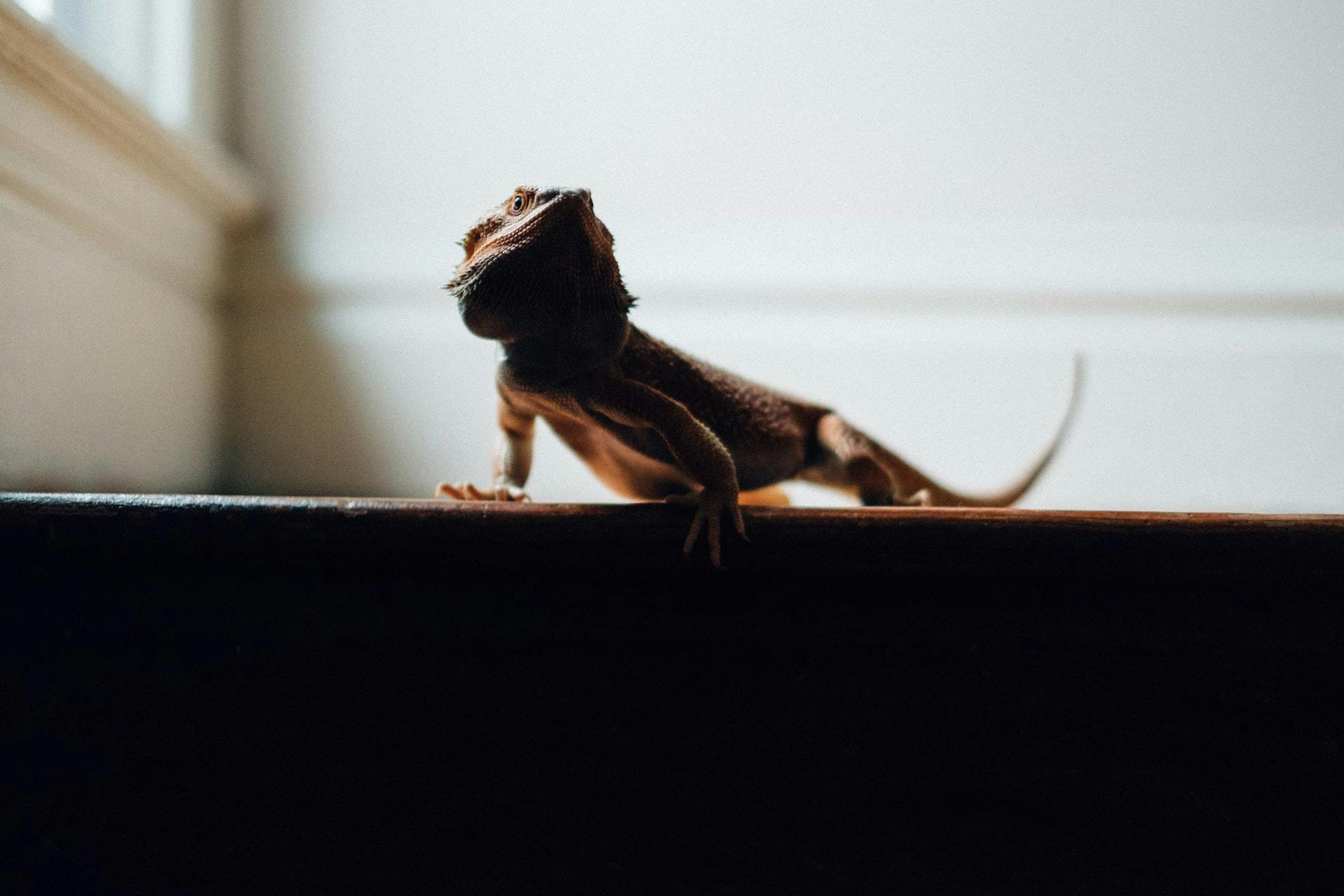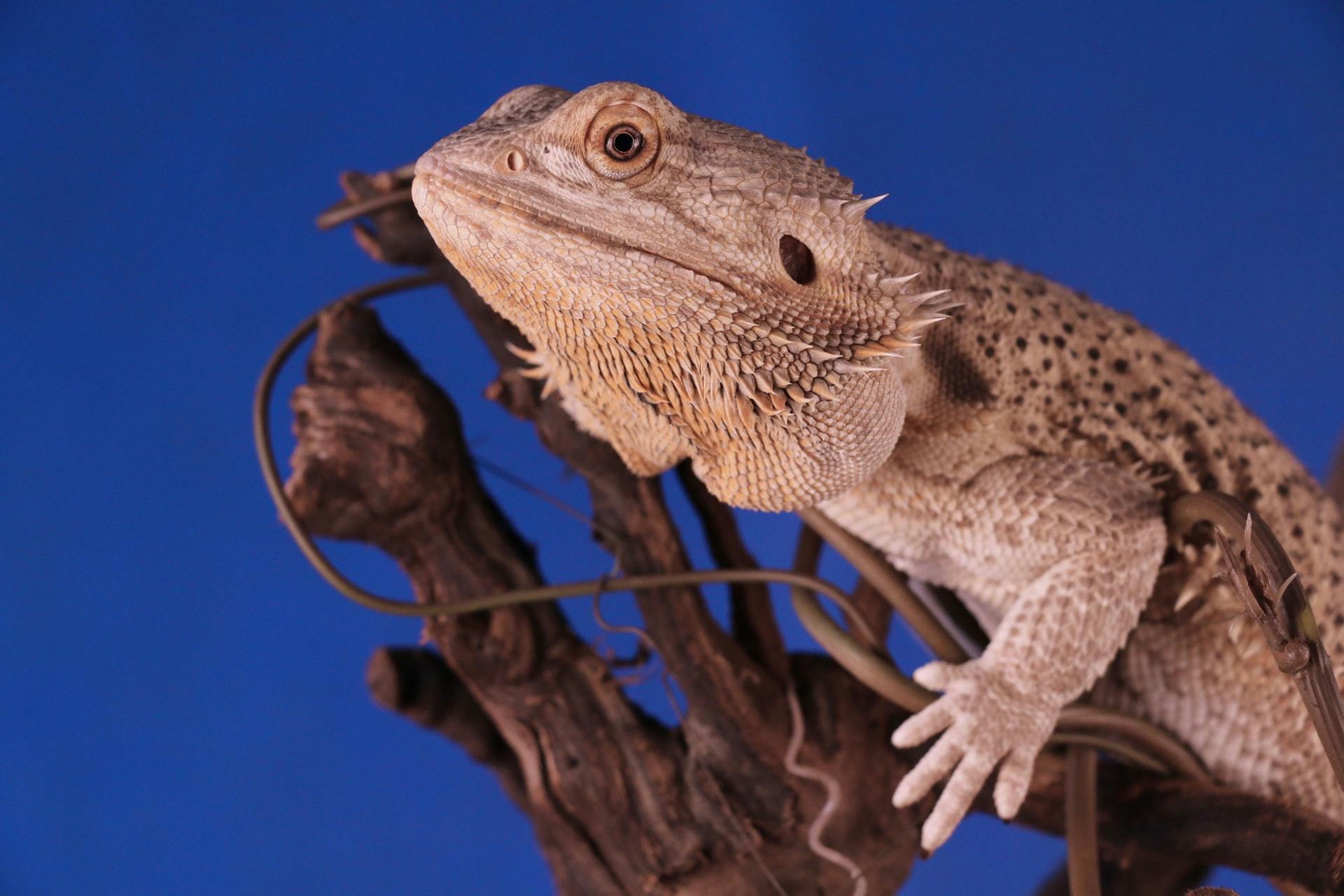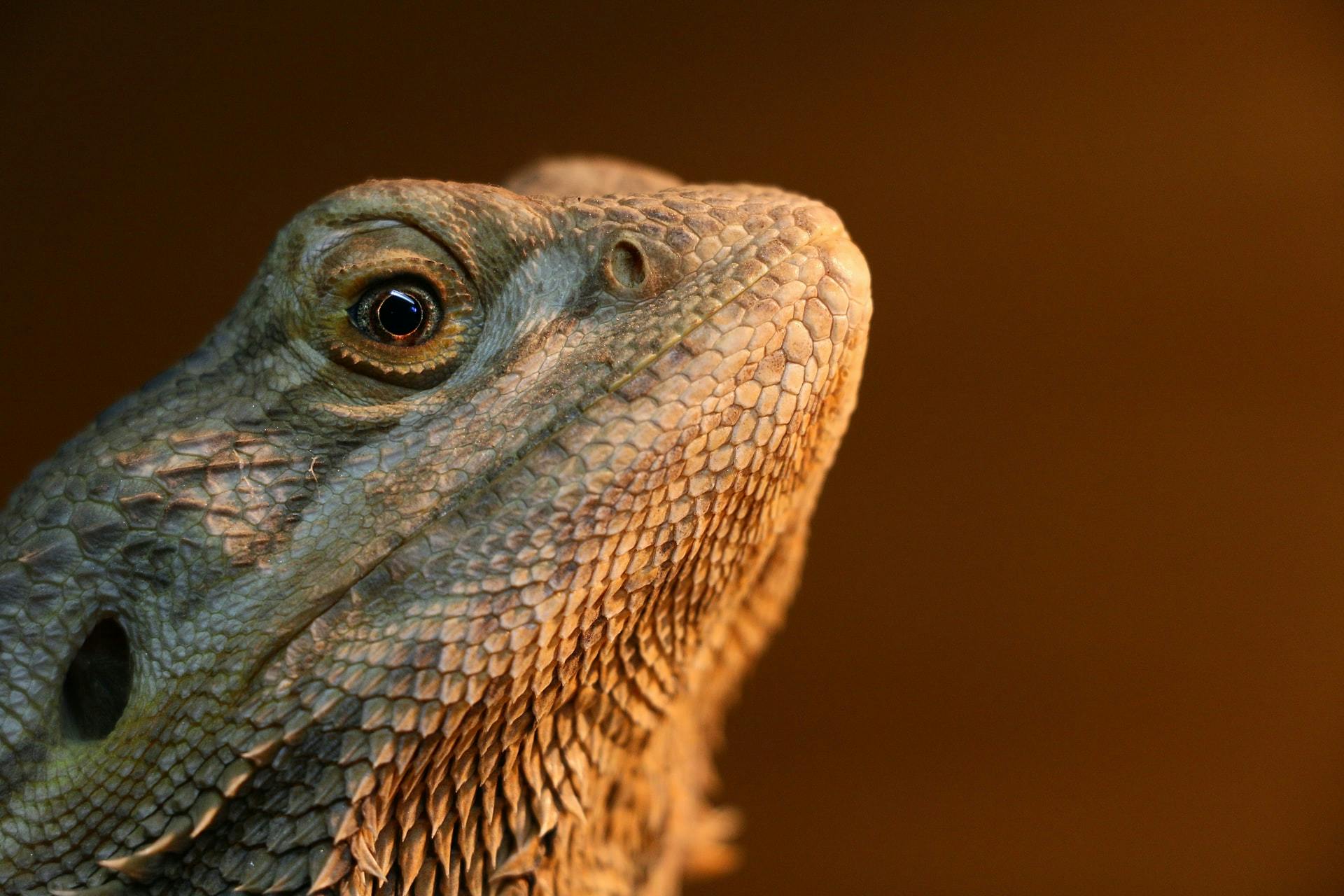
Fun Facts About Bearded Dragons
Fun
General Advice
Reptile
01/05/2023
Bearded dragons are reptiles that are native to Australia, but they make popular pets both in New Zealand and throughout the rest of the world. These cute, friendly lizards make rewarding for families looking at adding a reptile to their family. If you are thinking about getting a bearded dragon, here are some interesting fun facts about these quirky reptiles.
What's in a name?
The bearded dragon gets its name from the spiny skin under their necks that resembles a man’s beard. When they feel threatened or excited, they puff out their beards and open their mouths. When they puff their beards out the skin darkens to a black colour resembling a beard. This is a defense mechanism, making them look more threatening to predators and other animals.
A solitary creature
Bearded dragons prefer to live alone, as they are naturally solitary animals, except when pairing up to mate. But even when they pair up to mate once the deed is done they go their separate.
Life expectancy of a bearded dragon
Around 12-14 years is on the optimistic side of a bearded dragon’s life expectancy. They do not live this long in the wild, due to the large amount of predators and other risks. Wild beardies generally live for 4-10 years. But in captivity and as pets bearded dragons can live long as 8-14 years.

Bearded Dragon
Venomous creatures
Bearded dragons produce a harmless venom. This was only fully discovered around 2005, and seeing as it is not harmful to humans, or many other animals, it is largely redundant. But may have had some use many years ago and helped them with hunting in the wild.
Beardies can change colour
It’s true! Your bearded dragon change colour, although not quite as dramatically as a chameleon. But, on top of all their other survival instincts, if your dragon wants to be warmer, their skin will turn a few shades darker. Conversely, when it’s hot outside, they will go lighter.
They can run on 2 legs
Bearded dragons can run on their hind legs to get away from predators. Although, this is slower than running on all four legs, it helps them to regulate their body temperature, by lifting their body off the hot ground they are able to cover a larger distance.

Bearded Dragon
Take them for a swim
Most bearded dragons love playing around in the water. It’s a great way for them to have some fun while also keeping themselves well hydrated. It is good to provide them water to bath in at least one per week. This shouldn't be very deep! So it is No higher than their shoulders, and their head is well above the water level.
Three eyed reptile
It is little known that bearded dragons have a third eye in the back of their heads called the parietal eye. However, despite being called an eye, it doesn’t let the lizard see images. It is a photo-sensory organ which is used by iguanas to detect light and dark. The eye helps them sense if it is dark or bright for thermo regulation. Also, since it is in the back of their heads, it is thought to have developed to help them to detect a predator coming towards them from above.
Head bobbers
Bearded dragons show their romantic interest by bobbing their heads up and down at prospective mates — the male bobs his head rapidly and the female responds with a slower head bobbing. They will also lift a leg and wave at each other to show interest.

Bearded Dragon
Sun searchers
Being the ultimate sun-lover bearded dragons spend their day basking out in the sun They like to spend around 10-12 hours per day basking, which means lying in a warm spot in the sun or under a heat lamp.
Grow to their environment
Bearded dragons will only grow to the max size that their environment allows. This means if you put a young (not fully grown) bearded dragon in an enclosure that is too small, then they will not be able to grow to their full size.